Innovative strategies for the management of long bone infection: a review of the Masquelet technique
- PMID: 26468329
- PMCID: PMC4604613
- DOI: 10.1186/s13037-015-0079-0
Innovative strategies for the management of long bone infection: a review of the Masquelet technique
Abstract
Post-traumatic long bone osteomyelitis (PTOM) is a relatively frequent occurrence in patients with severe open fractures and requires treatment to prevent limb-threatening complications. The Masquelet technique represents a length-independent, two-staged reconstruction that involves the induction of a periosteal membrane and use of an antibiotic-impregnated cement spacer for the treatment of segmental bone loss that result from bone infection. In this review, we summarize recent developments regarding the diagnosis and treatment of long bone PTOM, with a special emphasis on the use of the Masquelet technique for reconstruction of wide diaphyseal defects.
Keywords: Antibiotic; Defects; Diaphyseal; Fixation; Masquelet; ORIF; Osteomyelitis; Posttraumatic; Reconstruction.
Figures
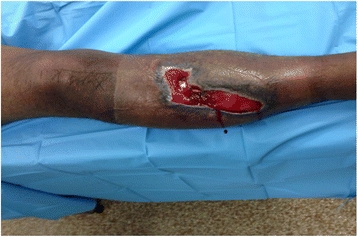
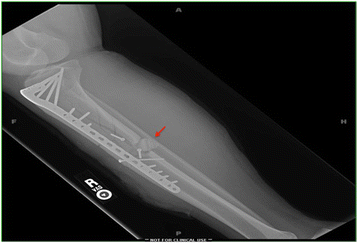
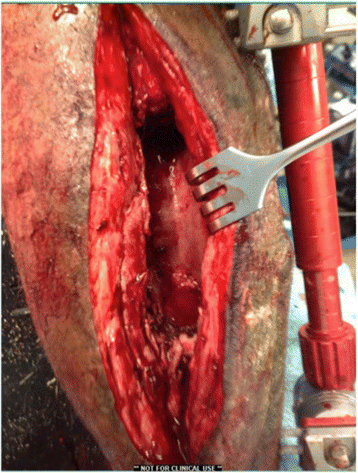
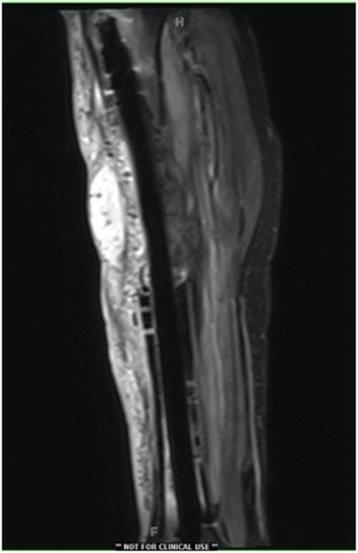
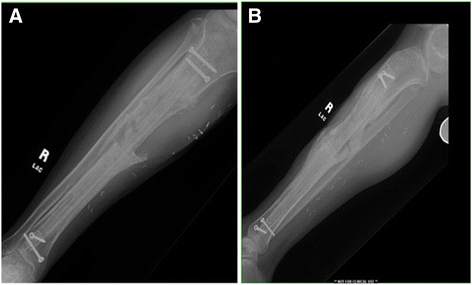
References
-
- Gallie WE. First recurrence of osteomyelitis eighty years after infection. J Bone Joint Surg Br. 1951;33-b(1):110–1. - PubMed
-
- Patzakis MJ, Zalavras CG. Chronic posttraumatic osteomyelitis and infected nonunion of the tibia: current management concepts. J Am Acad Orthop Surg. 2005;13(6):417–27. - PubMed
Publication types
LinkOut - more resources
Full Text Sources
Other Literature Sources

